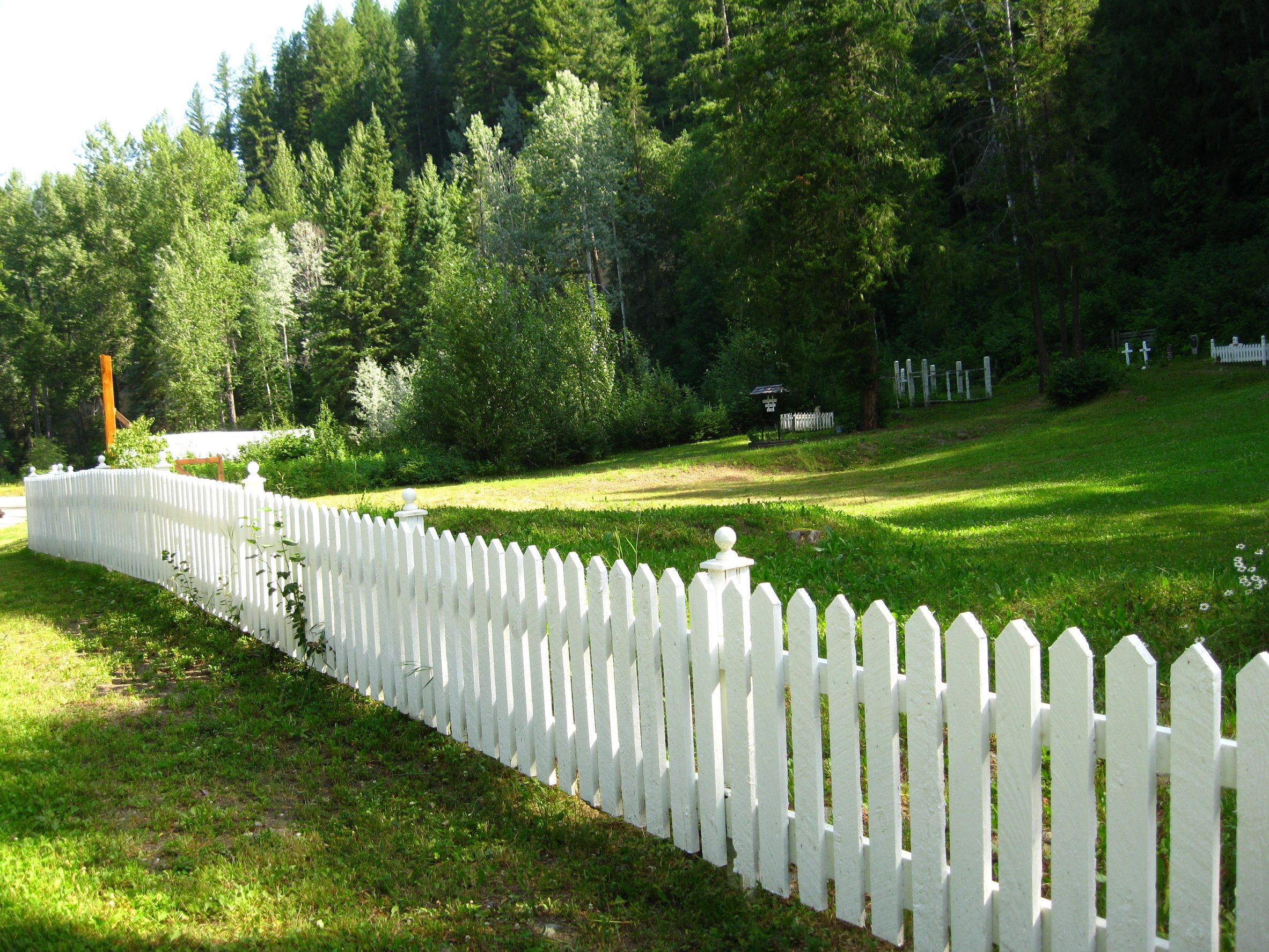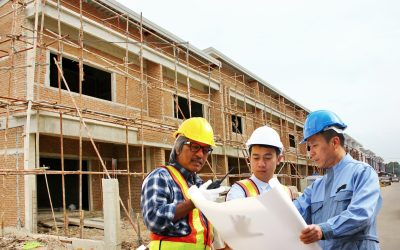
If you are used to handling home improvement products, such as paints or adhesives, the term “LEED Certified” might not be completely foreign to you. Many products carry this mark. However, what does it mean? Essentially, this is a rating system that was created by the United States Green Building Council. The system provides ratings to the practices followed in the construction (buildings) and manufacture of building products. Hence, if you are buying products that are “LEED Certified,” you can be sure that they are environmentally friendly. LEED stands for the Leadership in Energy and Environmental Design. Buildings and products that are certified by LEED help to save money and resources, and leave a positive impact on the environment as well.
What Is LEED?
The Leadership in Energy and Environmental Design is a certification program that gives recognition to the best in class manufacturing and construction practices and strategies. Not all buildings in the United States are LEED certified. In order to receive this certification, building projects must satisfy certain requirements. Points are given for meeting certain prerequisites. When a building project earns more points, it receives a different level of certification. Hence, companies or builders can select the best fit for their project, since the credits and points vary for each rating system.
The Rating Systems
Each rating system has different requirements. These are designed to cater to the needs of the building/construction project and help them gain LEED certification. Each system contains a different set of credit categories, which are earned as requirements are met. The first step to getting LEED certified is to select a rating system for your project. Here are the five rating systems:
1. BD + C- Building Design and Construction: This ratings system is applicable on buildings that are being newly constructed or are undergoing a major renovation. There are different requirements for residential buildings, warehouses, schools, retail buildings, healthcare centers and data centers.
2. ID + C- Interior Design and Construction: This ratings system applies to projects that are complete interior fit- outs. Examples include commercial interiors, retail interior designs, etc.
3. O + M- Building Operations and Maintenance: This ratings system applies to buildings that are undergoing improvement work that does not include a lot of construction. Different requirements are set for different types of buildings.
4. ND- Neighborhood Development: This applies to new development projects designed for residential or non- residential uses. The projects may be at any stage of the development process.
5. HOMES- Homes: This ratings system applies to single family homes, multi- family homes of one to three stories or mid- rise multi- family homes (four to six stories).


